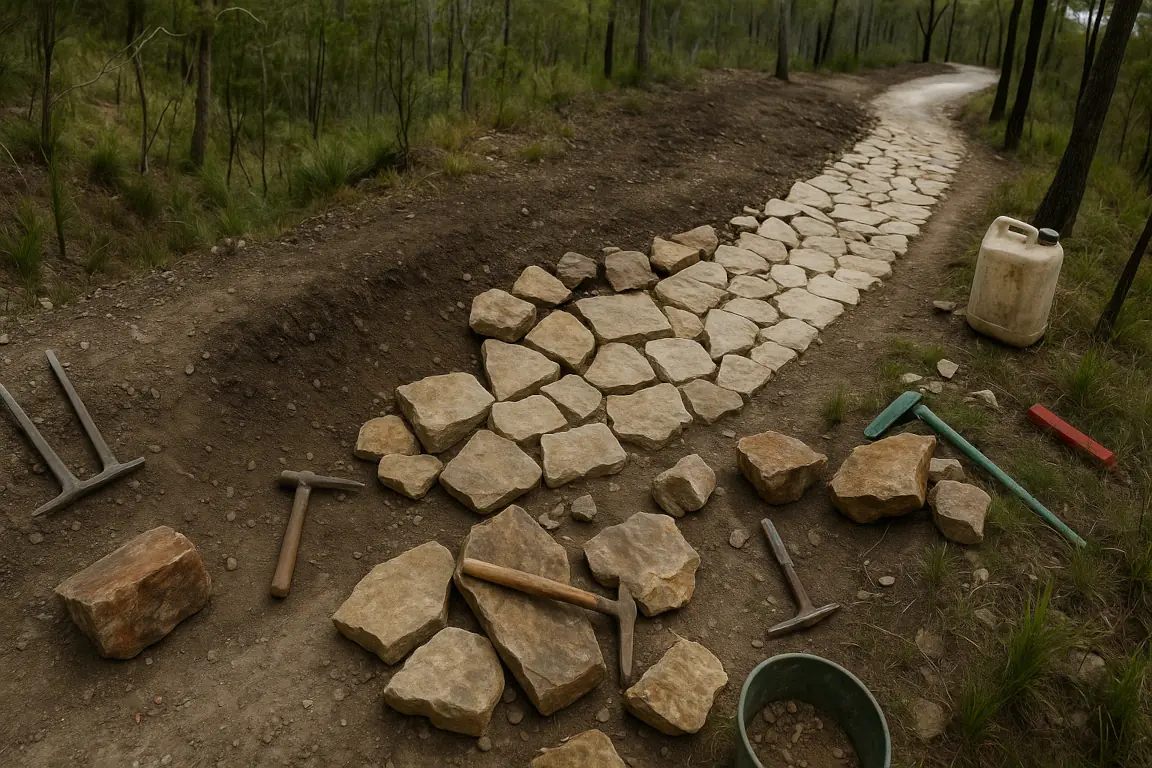
Trail Armoring Techniques
Learn how to protect and reinforce your trails against erosion and heavy use with effective armoring techniques.
Overview
Understanding Trail Armoring
Trail armoring is the process of reinforcing trail surfaces to prevent erosion, manage water flow, and create durable tread in areas that would otherwise be vulnerable to damage. Properly armored trails can withstand heavy use, extreme weather, and the test of time.
- Areas with high moisture or poor drainage
- Steep sections prone to erosion
- Stream crossings and wet areas
- High-traffic zones experiencing wear
- Sections with exposed roots or unstable soil
- Areas where the trail traverses fragile ecosystems
- Extends trail lifespan by years or even decades
- Reduces maintenance requirements and associated costs
- Improves user experience with consistent surfaces
- Protects surrounding environment from erosion
- Allows trails to remain open in wet conditions
- Creates technical features that enhance riding experience
Types of Trail Armoring
Using carefully placed rocks to create a durable surface that can withstand heavy traffic and water flow. Ideal for steep sections and water crossings.
Synthetic materials that stabilize soil, separate layers, and provide drainage while maintaining trail integrity. Perfect for wet, muddy areas.
Honeycomb-like grids that contain and stabilize fill material, preventing displacement and erosion. Excellent for areas with soft, unstable soil.
Using durable wood to create steps, water bars, and reinforced surfaces in appropriate environments. Best for forested areas with available timber.